Hoi An Museum of History & Culture
Where the Thu Bon River flows directly into the East China Sea, Hoi An was once one of the major Asian trade hubs. From the 16th to 18th century merchants visited from across the globe, stopping by as they awaited a change in weather before moving on. Traders from France, Portugal and the Netherlands mingled with those from Japan, China, Thailand, India and Vietnam along the bustling streets of Hoi An's old town.
.jpg)
Most of The Riverside Museum of History and Culture is a celebration of this period although there are objects on display representing historical and cultural changes before and after the trading years. There are also an assortment of ceramics and historical photographs and drawings depicting the merchant period including some pottery items that were part of the traders’ wares. Other exhibits predating this time are an array of Cham artefacts including bronze temple bells and gongs.
Hoi An's Riverside Museum of History and Culture showcases a range of artefacts such as photographs of local architecture, ceramics and pottery depicting the changing faces of Hoi An including the Champa era dating from 7th-15th centuries and Da Viet from 15th to 19th centuries.
.jpg)
The museum resides in the picturesque Quan Am pagoda, one of Vietnam's oldest, built in 1653, containing relics spanning 2,000 years of Hoi An history. The museum offers an interesting insight into the heritage of Hoi An including traditional burial rites with some very old coffins on display alongside what is a very eclectic mix of exhibitions portraying Hoi An throughout the ages. Ceramics are in abundance although not quite as many as those displayed at the Museum of Trade Ceramics.
Opening Hours: 08:00 – 17:00
Location: 7 Nguyen Hue
Remarks: There are some English translations but they are not in great detail so it might be wise to bring your own guide book. However, it is well worth taking time to visit and browse the many photographs on display, most of which require little explanation. Admission is gained by the purchase of a Hoi An Old Town ticket.
See more
-
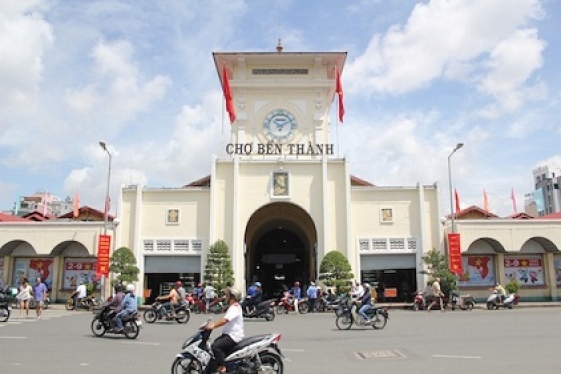
Ben Thanh Market in Ho Chi Minh
Situated in downtown Ho Chi Minh City, bustling Ben Thanh Market in District 1 is a great place to buy local handicrafts, branded goods, Vietnamese art and other souvenirs.
-
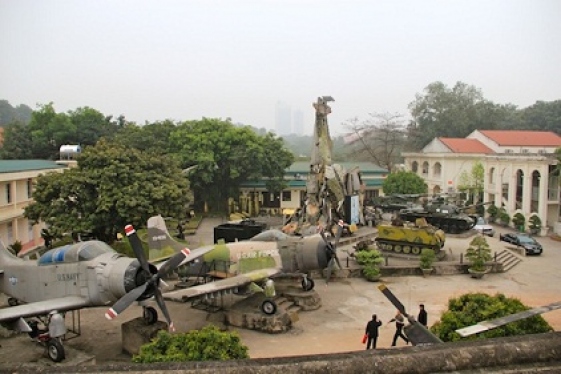
Museum of History of Vietnamese Military
Also popularly known as Military Museum, this is one of the oldest museums in Hanoi.
-
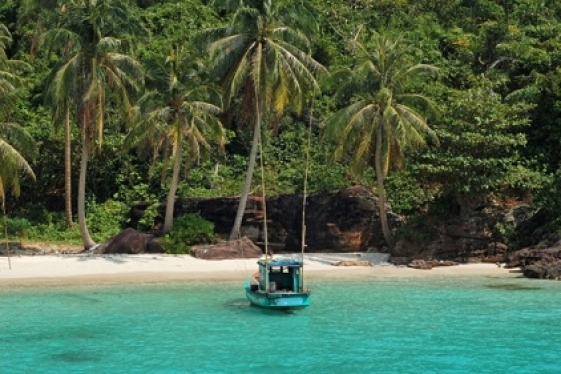
Ganh Dau - the wild beauty landscape
If Phu Quoc seems as a big fish that is waving its tail, Ganh Dau is considered as a fish’s mouth . Ganh Dau has a fresh air, smooth sand and peaceful scene and...
-
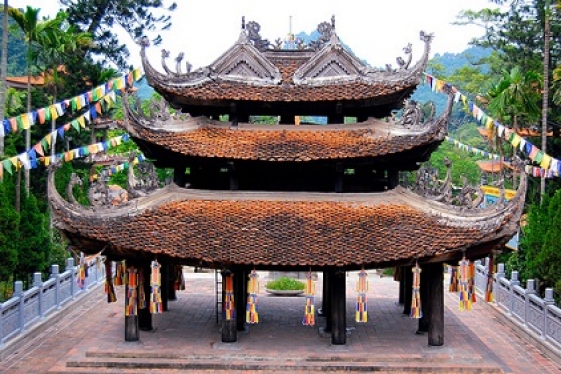
Emperor Jade Pagoda
Emperor Jade Pagoda, also known as Tortoise Pagoda, is one of the five most important shrines in Ho Chi Minh City. Built at the turn of the 20th Century by a community of...
-
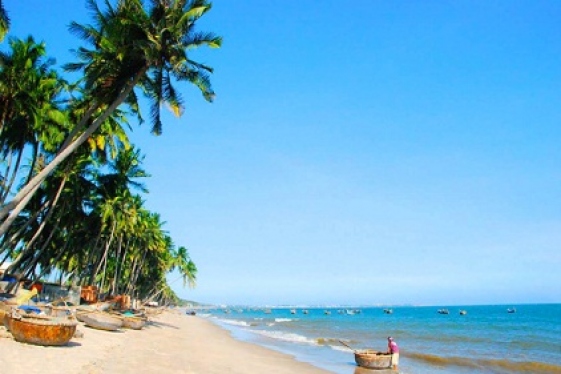
The beautiful Mui Ne beach
Mui Ne beach is one of the most famous attractions in Phan Thiet and it has a natural beauty with white sand, blue sea and green coconut tree line along the beach.
-

Pham Ngu Lao Street
Pham Ngu Lao Street in Ho Chi Minh City is on the western edge of District 1 and is renowned as the place where most backpacking travellers stay during their holiday.
-
.jpg)
Minh Mang tomb
Minh Mang Tomb is in Huong Tho Commune, Huong Tra District, on the west bank of Perfume River and about 12km south of Hue City center. This place is where 2 tributaries join...
-
.jpg)
Ham Rong mountain
Being shaped like a dragon’s head dimly looming in the thin veil of the early morning, Ham Rong (Dragon Jaw) Mountain that is fine combination of man-made and natural...
-
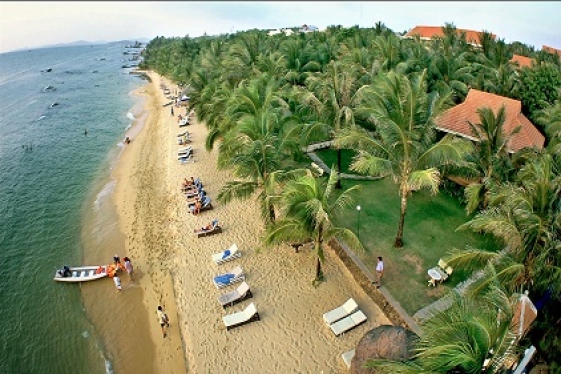
Back beach (Bai Sau)
Back beach in Vung Tau is also known as Thuy Van beach, has a charming landscape, large space, with a wide spread out and fine sand. So the major of tourists traveling to...
-
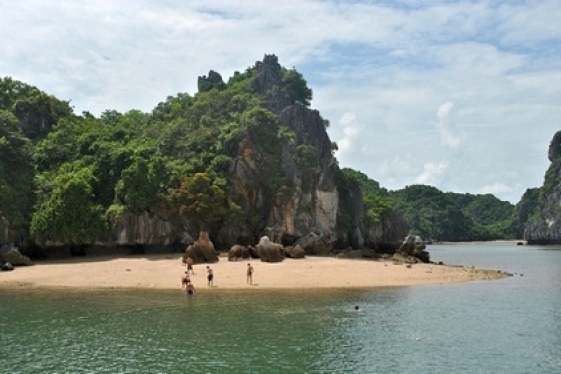
Lan Ha Bay
Located adjacent to Halong Bay, Lan Ha Bay is a peaceful bay in Cat Ba Islands system. Lan Ha Bay has about 400 large and small islands covered with green trees and...
Destinations
Most popular tours
-
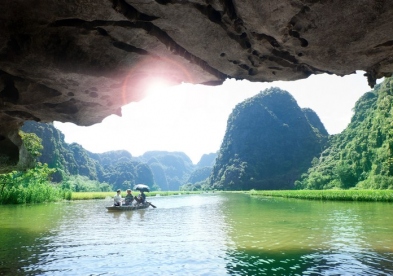
Hoa Lu – Tam Coc Day Tour
Price from: 33 US$
-
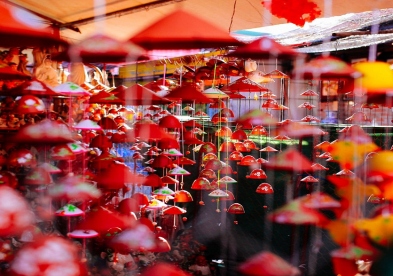
Visit Bat Trang & Le Mat Traditional Village
Price from: 25 US$
-
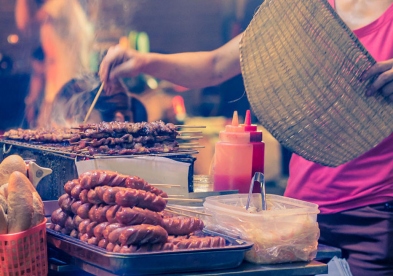
Hanoi Street Food Discovery
Price from: Contact
-
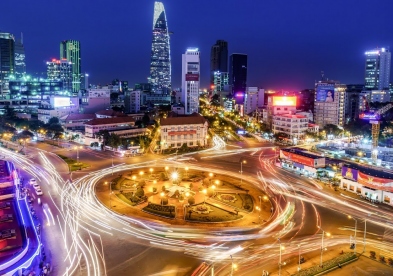
Ho Chi Minh City Stop Over
Price from: 230 US$
Business info
Vietnam Local Guide
- Address: 18th Floor, VTC Online Tower, 18 Tam Trinh Str.,Hai Ba Trung Dist., Hanoi, Vietnam
- Email: info@vietnamguider.com
- Phone: (+84) 0904989890
- Hotline: (+84) 0904989890